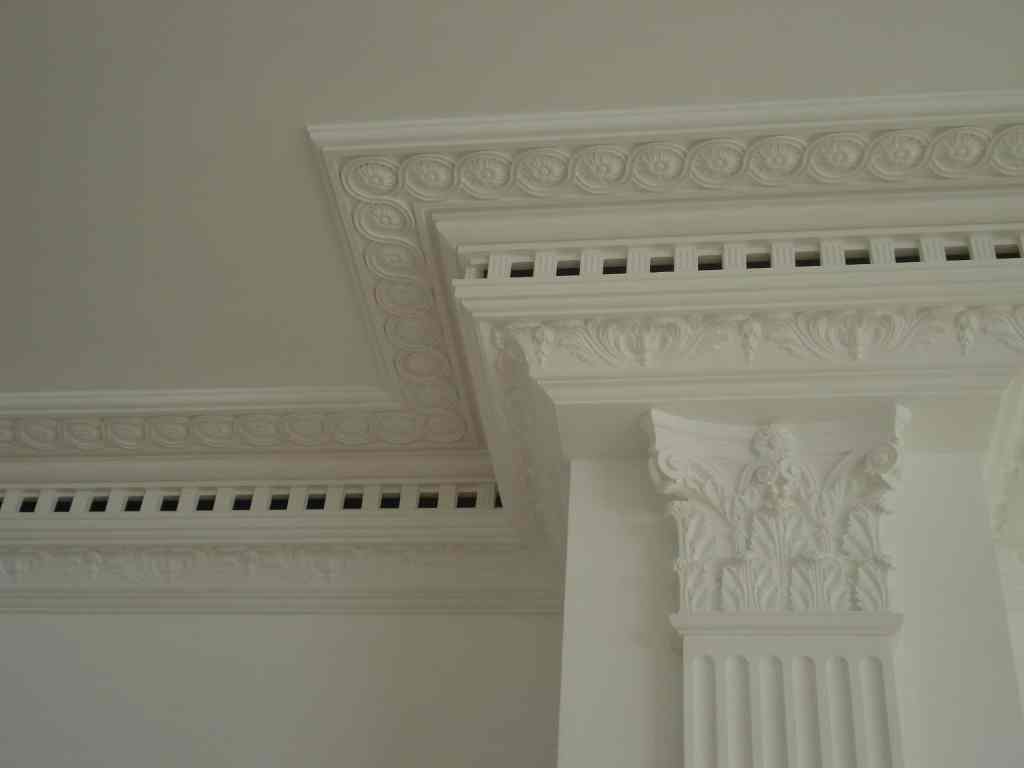Ornate Plasterwork and Moldings: A Glimpse into Architectural Elegance
When it comes to architectural design, ornate plasterwork and moldings have long been cherished for their ability to transform ordinary spaces into works of art. These intricate details are not only visually stunning but also reflect the skill and craftsmanship of the artisans who create them. From grand palaces to humble homes, ornate plasterwork and moldings have left an indelible mark on our built environment.
One cannot discuss ornate plasterwork without mentioning its historical significance. Dating back centuries, this art form gained popularity during the Renaissance period in Europe. Wealthy patrons commissioned skilled craftsmen to adorn their ceilings, walls, and facades with elaborate designs that showcased their status and taste.
The technique involves molding wet plaster into various shapes using molds or by hand-carving it once it has hardened slightly. These shapes are then meticulously arranged in patterns across a surface before being smoothed out and painted or gilded for a luxurious finish.
One prominent example of ornate plasterwork can be found in the breathtaking interiors of Baroque-era churches across Europe. The soaring domes adorned with intricate rosettes, scrolls, and cherubs suspended high above worshippers create an ethereal atmosphere that transports visitors to another time.
In addition to religious structures, ornate plasterwork became popular in stately homes during the 18th century Rococo period. Elaborately decorated cornices, friezes, and ceiling roses added a touch of opulence to these residences while showcasing the wealth and refinement of their owners.
Fast forward to modern times where ornate plasterwork continues to captivate admirers around the world. Even though contemporary architecture tends toward minimalistic styles, there is still a place for tradition amidst sleek lines and clean surfaces. Many designers incorporate elements such as crown moldings or decorative corbels into interior spaces as a nod to the past. These details add depth and character to otherwise plain walls, creating a sense of grandeur in any room.
Urban exploration enthusiasts often seek out abandoned buildings that once boasted ornate plasterwork. These forgotten gems tell stories of bygone eras and offer a glimpse into the craftsmanship and artistry of yesteryears. While time may have weathered these structures, their beauty still shines through, reminding us of the importance of preserving our architectural heritage.
In conclusion, ornate plasterwork and moldings are not simply decorative elements but an integral part of our architectural legacy. They showcase the skill, creativity, and attention to detail that architects and craftsmen poured into their work throughout history. Whether found in opulent palaces or hidden within abandoned buildings, these intricate designs continue to inspire awe and remind us of the enduring value of exquisite craftsmanship.

Leave a comment